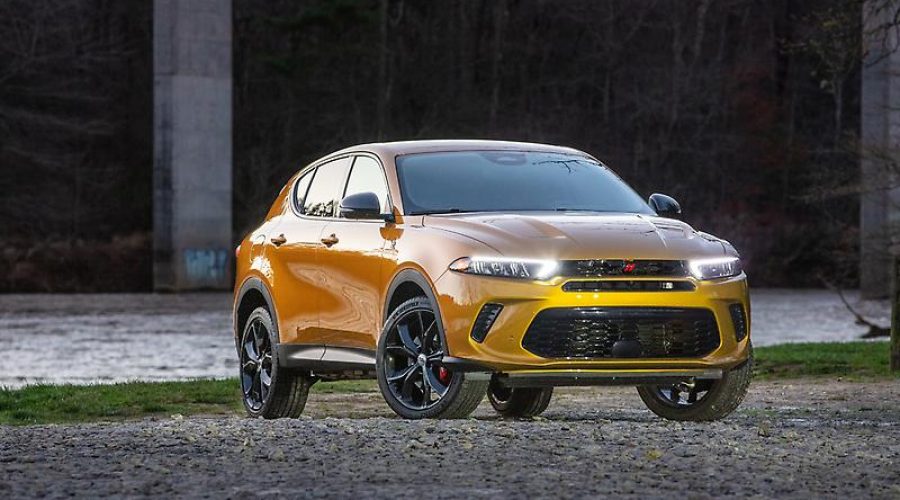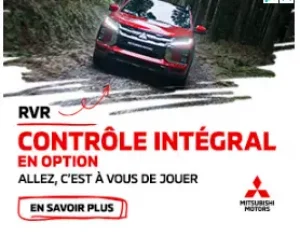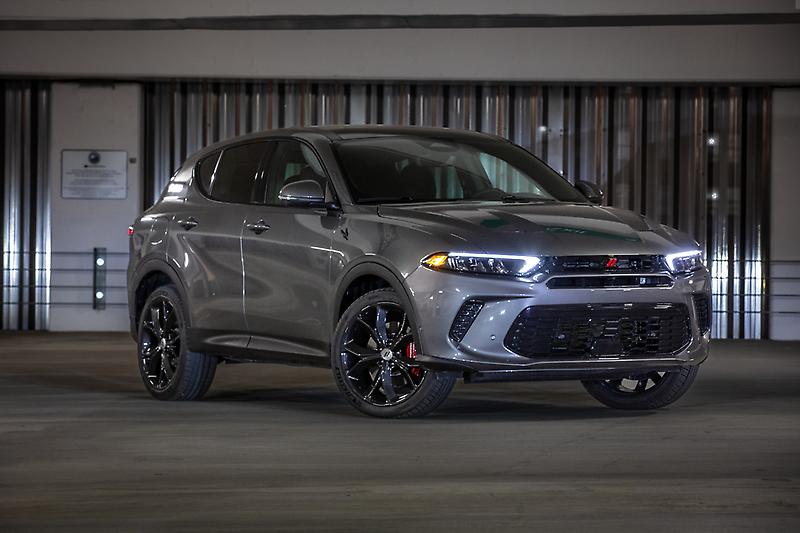
In 2023, Dodge has thrown its hat into the ring of the compact crossover segment with the all-new Hornet. Nestled just below the mid-sized Durango in Dodge’s lineup, the Hornet is set to compete with the likes of the Kia Sportage, Mazda CX-50, and the Volkswagen Tiguan. Available in several trims, including the GT AWD ($38,770 CAD), GT Plus AWD ($44,770 CAD), R/T PHEV EAWD ($53,295 CAD), and the R/T Plus PHEV EAWD ($59,295 CAD), there’s a Dodge Hornet to match various budgets and preferences.
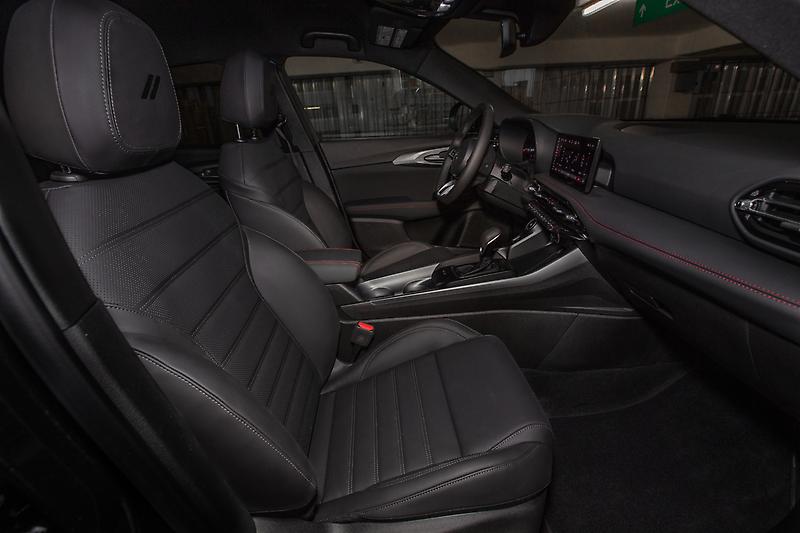
Trims and Technology:
The Hornet’s entry into this competitive segment marks a significant step for Dodge. Its GT model, available in both base and GT Plus trims, comes well-equipped with a host of standard features. Among them, a large 10.3-inch infotainment display, wireless Apple CarPlay and Android Auto, 17-inch aluminum wheels, rain-sensing windshield wipers, and dual-zone automatic climate control set the stage for a tech-rich experience. For those seeking an added touch of comfort, options include heated seats, a heated steering wheel, and a remote start feature.
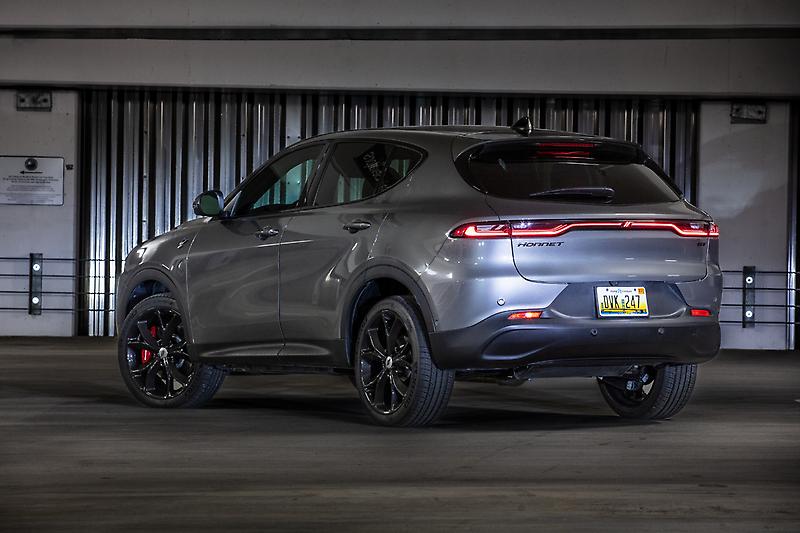
Engine and Performance:
At the heart of the Hornet lies a turbocharged 2.0-liter four-cylinder engine, delivering a punchy 268 horsepower. This power is delivered to all four wheels through a nine-speed automatic transmission, offering peppy acceleration from 0 to 96.56 km/h (0 to 60 mph) in an estimated 6.5 seconds. Despite this performance, the Hornet doesn’t sacrifice efficiency, with Environment Canada estimates clocking in at 11.2 L/100 km (21 mpg) city and 8.11 L/100 km (29 mpg) on the highway.
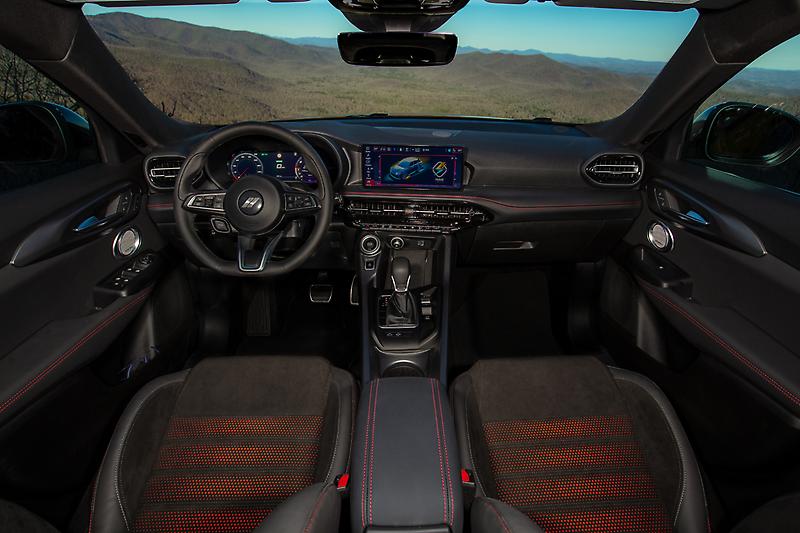
Inside the Hornet, you’ll find a cabin that blends comfort with contemporary design. The front seats provide ample space, while the rear might be snug for some. Black upholstery with red stitching lends a sporty aesthetic, with the option to upgrade to leather or faux-suede for a premium touch. Meanwhile, the infotainment system, powered by the latest Uconnect 5 system, offers wireless Apple CarPlay and Android Auto, as well as Amazon Alexa connectivity.
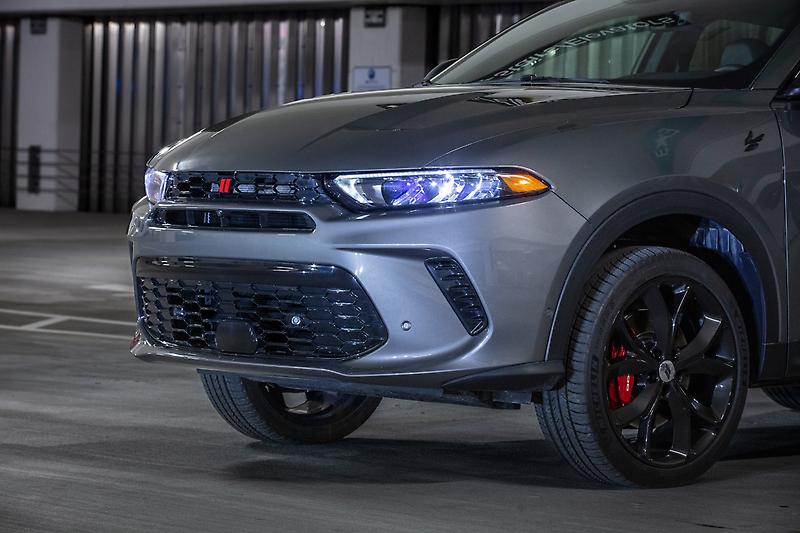
Safety Features that Inspire Confidence:
When it comes to safety, the Hornet doesn’t cut corners. Automated emergency braking with pedestrian and cyclist detection, lane-departure warning with lane-keeping assist, blind-spot monitoring, and parking sensors all come standard. Adaptive cruise control with a lane-centering feature is available as an optional extra.
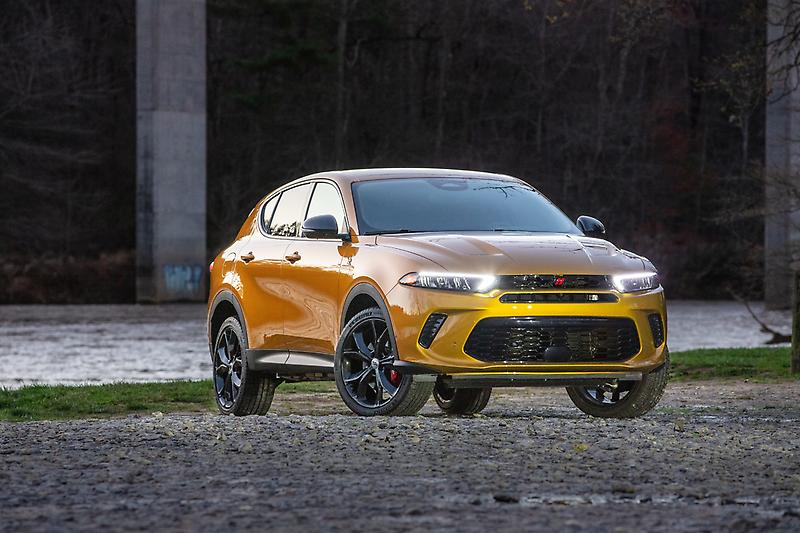
Covered by a standard three-year or 60,000 kilometers (36,000-mile) warranty, with an extended five-year or 96,560 kilometers (60,000-mile) power train warranty, the Hornet is a testament to Dodge’s reliability. As such, the Hornet isn’t merely a new entry in Dodge’s lineup; it’s a compelling contender in the compact crossover segment set to make waves in the Canadian automotive market.
Discover the Grand Cherokee’s MSRP and Invoice Price right at your fingertips here.
Explore enticing Factory Incentives, Lease Rates, and Finance Rates available here.
For comprehensive Vehicle Specifications, look no further; find them right here.
Uncover all the latest features in one place for your convenience here.

